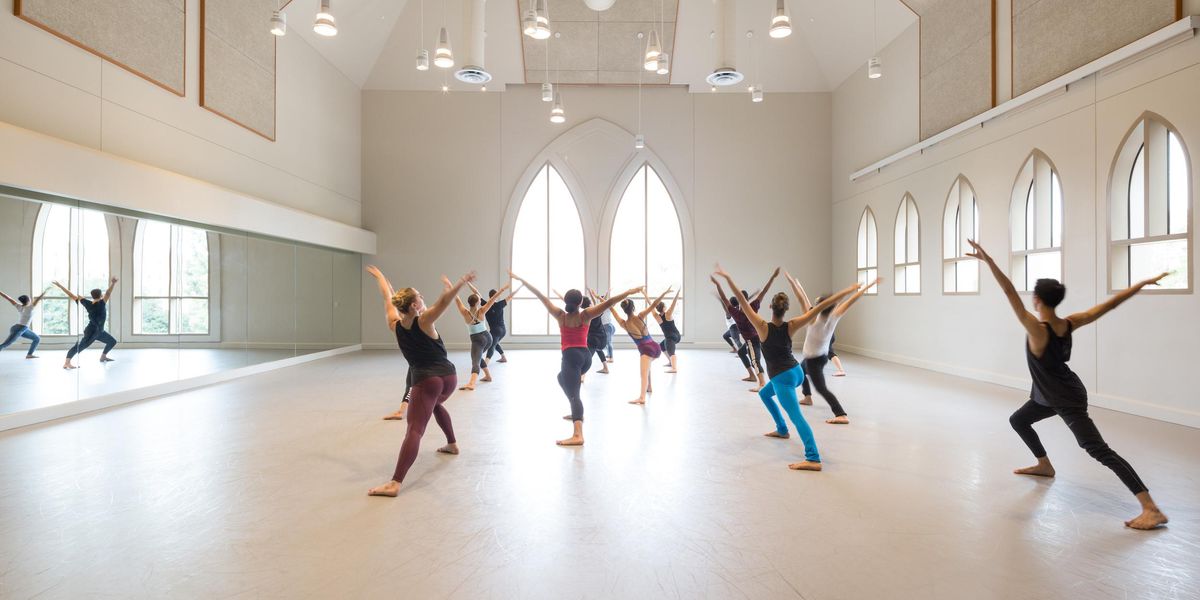Scottish Ballet
Sadler’s Wells Theatre
London, England
April 26–28, 2012
Performance reviewed: April 26
A sweet Southern girl loses her husband, then her innocence, then her shame, and finally her sanity. Describing her gradual descent into madness, Tennessee Williams’ famous play A Streetcar Named Desire offers an ideal premise for a ballet, which Scottish Ballet has realized in a stylish new production.
For the first time, the company invited a theater director to collaborate with the choreographer, hoping to enrich the dancers’ physical capablities with increased dramatic awareness. Nancy Meckler, who leads the Shared Experience Theatre, and Annabelle Lopez Ochoa, who has worked worldwide but never before in Britain, joined forces happily. Interviewed for the souvenir program, Meckler commented that “physical expression [can] be better than words in exposing a character’s hopes, or dreams.” Creating her first full-evening narrative, Lopez Ochoa points out, “I am often more touched by an image than by a lot of steps. I like…moments of stillness. You don’t always need the grand jeté.”
Their complementary talents inform every moment of the two-hour piece, in which the dancing seems to spring directly from the characters’ emotions. Frail as the moth Tennessee Williams had in mind, Eve Mutso’s Blanche flutters provocatively, then helplessly, toward her own destruction. The impulses that start as fleeting thoughts emerge from her body like speech, flowing clearly from the smallest gesture.
Adam Blyde as Mitch and Eve Mutso as Blanche
As Stanley, her sister’s surly husband, Tama Barry deftly balances the tenderness he reserves for his wife with the brutality he inflicts on Stella, whom he ignores until he rapes her. Sophie Martin makes Stella sturdy but also sympathetic to Blanche’s distress, and Adam Blyde, as Stanley’s buddy Mitch, lightens the mood by briefly anchoring Stella to an ordinary flirtation.
The company plays a vital part too, because Lopez Ochoa has found intriguing ways to integrate the ensemble into the central characters’ gripping story. Opposing groups of men and women personify the play’s essential conflict, squaring off in several scenes to embody Stanley’s swaggering toughness and Blanche’s psychological fragility. Whether portraying ghosts, gypsies, Blanche’s casual lovers, or raucous poker players, these dancers inhabit their roles completely, lending every move a dramatic purpose.
Tama Barry as Stanley and Eve Mutso as Blanche
The commissioned jazz score by Peter Salem intercuts wailing saxophones with lush, romantic strings to capture New Orleans’ moody blues and the fractured emotions of the leading characters. Niki Turner’s fluid, evocative designs guide us seamlessly between reality, memory, and nightmare. Rearranging black crates, the dancers themselves set the scenes, shifting the action silently from a train to a bowling alley to a seedy hotel room.
Although Lopez Ochoa’s choreography would benefit from slight cuts, its brisk pace and sensual storytelling held the audience captive throughout. With only 36 dancers on its roster, Scottish Ballet has come up with a striking creation that many larger companies might well want to borrow.
Pictured at top: Eve Mutso as Blanche and Erik Cavallari
All photos by Andrew Ross, courtesy Scottish Ballet




